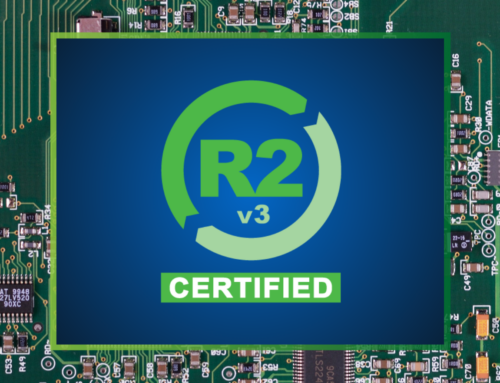Move over 100G, 400G is here! Just as we’ve become accustomed to (or are still waiting for) the power of 100G or 200G, vendors began premiering 400G capabilities and networking equipment last year.
Our insatiable hunger for bandwidth has led us to constantly push for more to power our video and on-demand consumption. The rise in bandwidth availability has led to the Internet of Things, the overwhelming acceptance of the cloud and over-the-top (OTT) content delivery.
This demand has led to the fast progression from 100G to 200G and now to 400G. But what exactly is 400G?
What is 400G?
The term “400G” as it is used today can be confusing and can have different meanings based on context. 400G can sometimes describe two 200G wavelengths that offer a combined 400G capacity. This is also known as “dual wavelength” or “dual carrier” 400G. 400GbE or 400G client optics refers to the Ethernet interface capacity rate based on the 400 Gigabit Ethernet IEEE 802.3bs standard. 400G also, and most commonly, describes next-generation optical solutions that support 400G capacity on a “single wavelength” or “single-carrier” 400G.
How does it work?
Previously, 200 Gbit/s was the highest capacity link that could be deployed across a single optical wavelength. We have made advances in the ability to process more symbols per second and modulation schemes have evolved for more bits per symbol. 400G-capable solutions offer better system performance and capacity is tunable from 100G to 400G per wavelength.
For now, 400G is best used in applications that only need a short reach, whereas 200G can be used long-distance and 300G can be deployed for distances of about 600 miles.
Is there equipment available?
The short answer is, yes! Vendors have been announcing 400G compatible equipment since 2017 and much of it should be available this year.
Cisco has announced four new switch models, two each in the Nexus 3400 and Nexus 9000 lines. Cisco created the Nexus 3432D-S and 3408-S switches for high-bandwidth hyperscalers for things like video streaming and OTT content. The Nexus 9316D-GX and 93600CD-GX switches were created for businesses for building 5G networks, using artificial intelligence, and machine learning. These new switches should be available on the market this year.
Other vendors have 400G network switches either planned or on the market as well. Juniper Networks released information on their 400GbE switches in July 2018. And Arista Networks announced plans for 400G switches in October 2018.
Who Will Benefit Most From 400G?
Especially as early adopters, some industries will benefit from 400G more than others. In particular, businesses that require large amounts of bandwidth to stream data or operate large networks will see an advantage.
Businesses with Distributed Offices or Campuses
Enterprise WLANs have been feeling the strain as mobile device traffic moves to Wi-Fi from cellular networks. Users connected to the network with multiple devices has created a challenge, especially in cases of large campuses or businesses with branch offices. Businesses have been struggling to support the increased need for bandwidth and speed. For many, 400G will be the solution.
Telecommunications
The flood of traffic from mobile device and streaming and OTT content is straining the current infrastructure. Consumers have come to expect constant connectivity, with access to content at all times. As mobile service providers move toward 5G, 400G provides the efficiency and density they need.
Cloud Service Providers
For cloud service providers, the increased efficiency and density of 400G, as well as the huge performance upgrade, is necessary. As companies like Amazon Web Services, IBM Cloud, and Microsoft Azure continue to expand their cloud businesses and create cloud-scale data centers, 400G is a godsend.
High-bandwidth Applications
For online gaming and VR, streaming video, digital marketing, and other rich content that needs hyperscale data centers, 400G will increase efficiency. High-bandwidth applications require efficient, high-speed connectivity and 400G infrastructure will provide it.
Are You Ready for 400G?
Even if the answer is no, the future of high-bandwidth networking is here. It seems like our need for bandwidth will only increase, and there is already talk of 800G on the horizon. While it may take time before your business is ready to transition, you can plan your next network upgrade with the future in mind.




